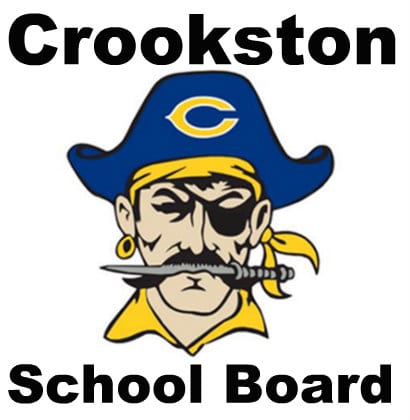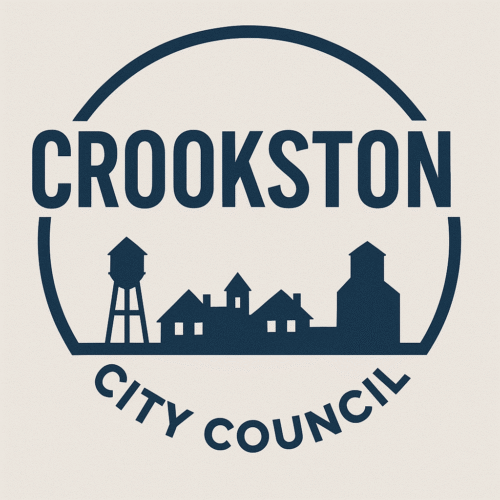The Department of Natural Resources has set new deer population goals that reflect Minnesotans’ diverse perspectives about deer.
“We really appreciate the perspectives brought to the table,” said Barbara Keller, DNR’s big game program manager. “We took what we heard seriously as we set goals.”
The DNR sets deer population goals – how much of an increase or decrease is desired in a deer population in a particular deer permit area – as part of managing the state’s wild deer herd.
 The DNR set goals for 36 of the state’s 130 deer permit areas, generally those located in northwestern and western Minnesota. This was the first area of focus, and the DNR will be covering other areas in future years. The goals set in 2020 provide the framework for annual decisions on deer season regulations and are intended to be in effect for the next 10 years, with a midpoint review at five years.
The DNR set goals for 36 of the state’s 130 deer permit areas, generally those located in northwestern and western Minnesota. This was the first area of focus, and the DNR will be covering other areas in future years. The goals set in 2020 provide the framework for annual decisions on deer season regulations and are intended to be in effect for the next 10 years, with a midpoint review at five years.
The DNR gathered information and feedback from over 700 online survey respondents, online comments, and conversations with area wildlife managers. The DNR also used a new workshop format to facilitate eight small group discussions to both scope issues and create recommendations. These workshops replaced citizen advisory committees and public meetings that were used during deer goal setting in 2015.
Participants reviewed information related to deer populations, harvest trends, habitat, browsing impacts and public health and safety. They also provided feedback on locally important deer management factors. People can find key issues that influenced the goal changes detailed by permit area online.
In the first year of the renewed goal-setting process, the DNR focused on areas in the northwestern and western parts of the state. In general, the goals are to increase deer populations in the north, stabilize populations in the northwest and west, and slightly decrease populations in the central portions of the areas addressed this year.
“We are really happy with the participation and conversations we had,” Keller said. “We look forward to hearing from others in coming years.”
Tags:



